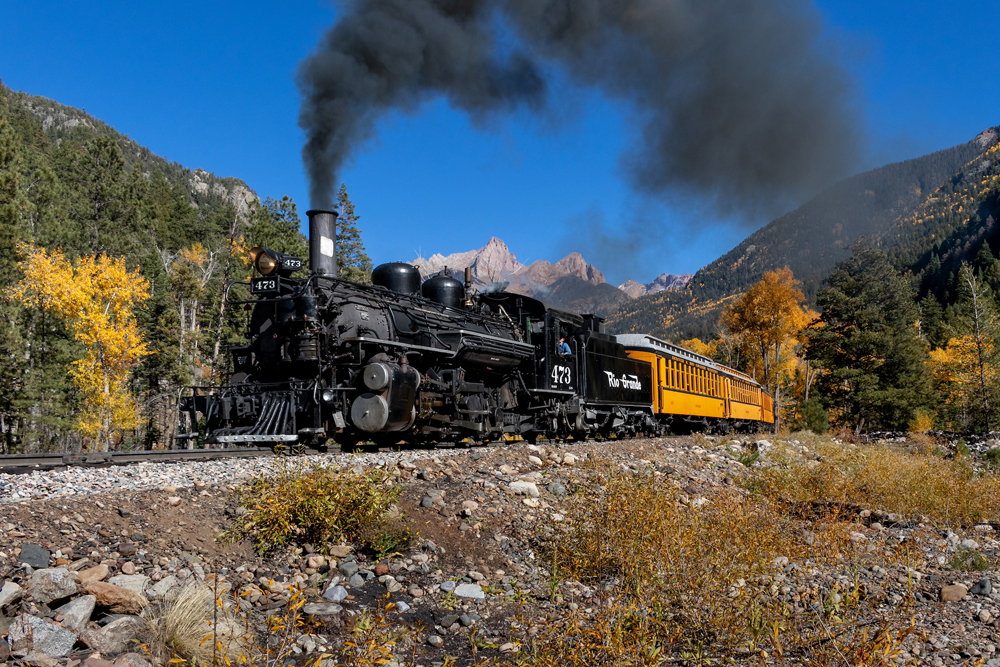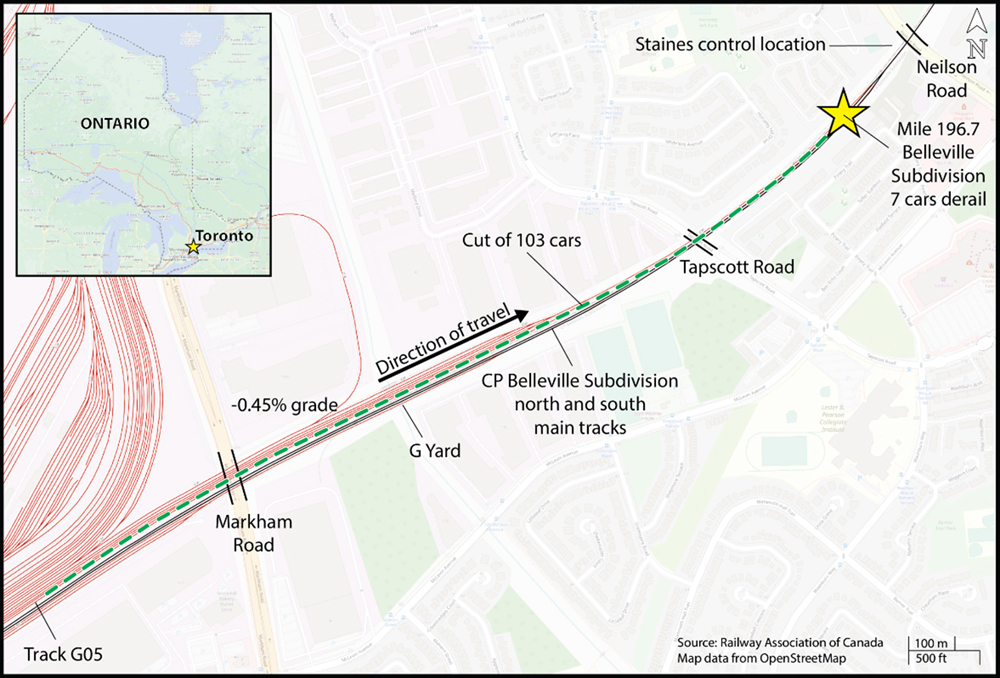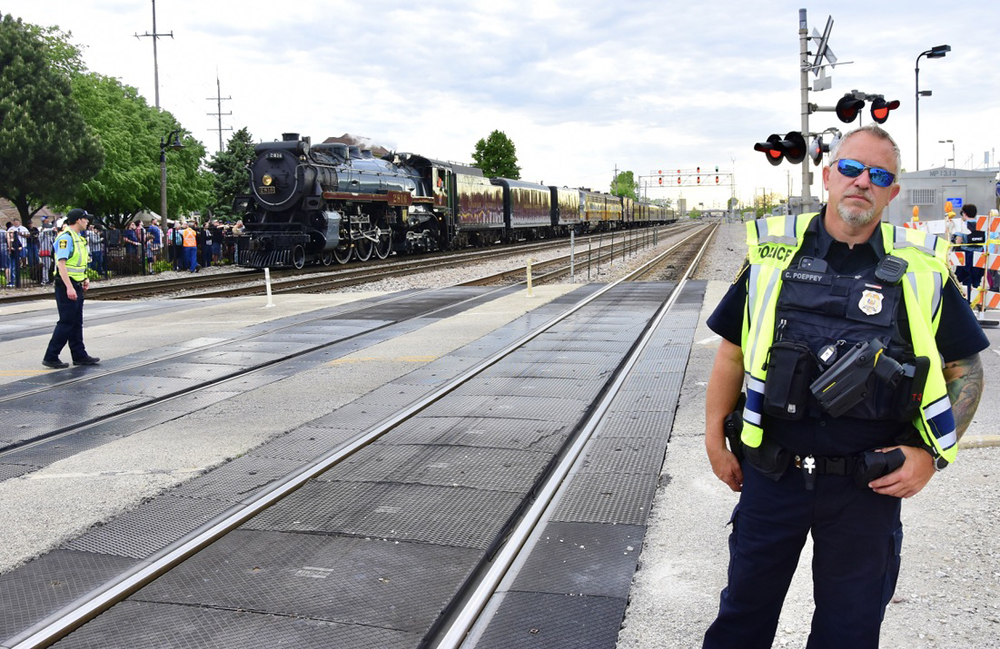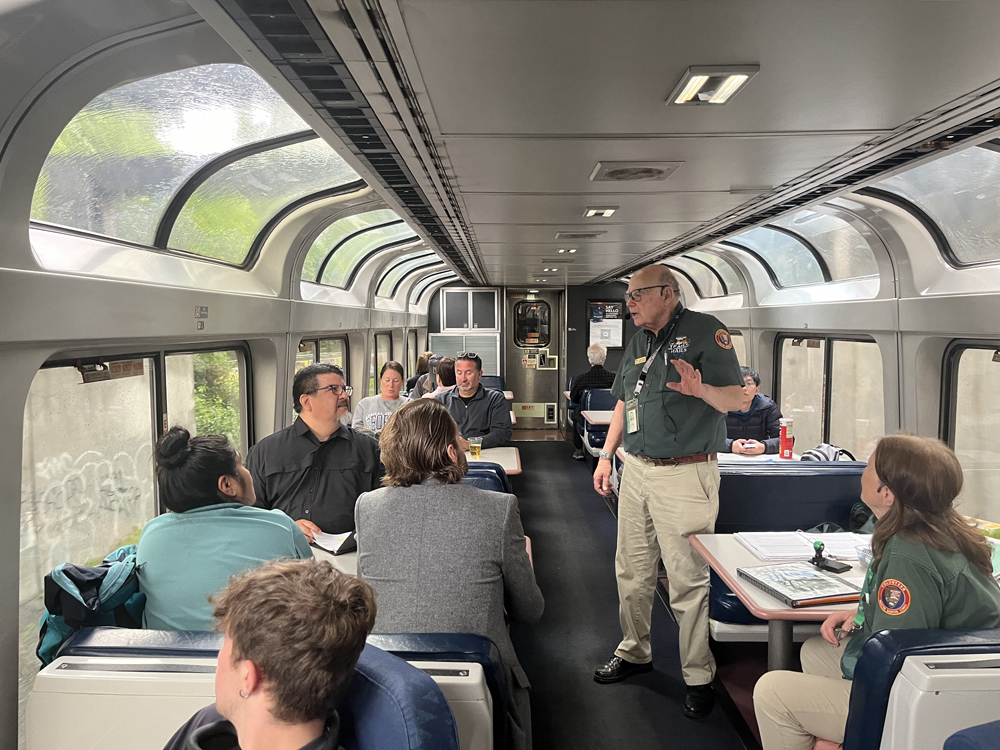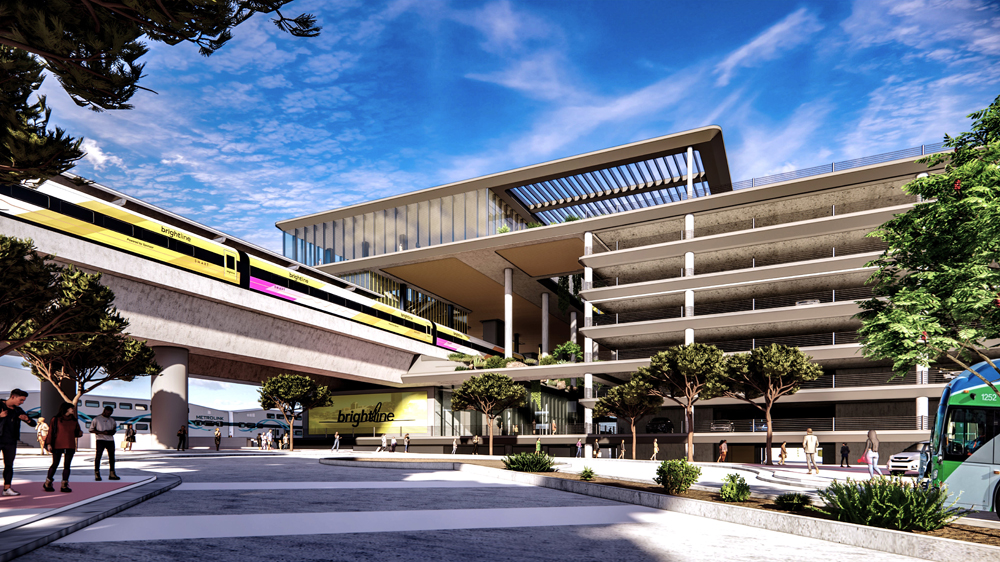
Infrastructure is the shared theme of our stories in the tie at No. 6 — be it a single huge project in the form of New York’s Grand Central Madison, or general infrastructure spending across the country.
The Bipartisan Infrastructure Law, passed in November 2021, promised almost $400 billion for projects around the country, and this year saw that money making its way through the federal pipeline and into significant rail-related projects — ranging from long-overdue improvements to deteriorating right-of-way to long-awaited new builds.
Among the projects receiving funding this year, in a list that is by no means comprehensive, are:
$16.4 billion for Northeast Corridor projects. The funds are for 25 projects addressing most of the “major backlog” state-of-good-repair projects previously identified by the Federal Railroad Administration. That includes replacement for the 150-year-old Baltimore & Potomac Tunnel, as well as $3.8 billion for the long-delayed Hudson River Tunnel project. The latter funding brings the total federal commitment to the tunnel to $11 billion; the project is expected to cost $16.1 billion. President Joe Biden, in announcing the funding, said the Corridor’s current outdated infrastructure leads to over 4,000 hours of annual Amtrak delays.
$8.2 billion for the Federal-State Partnership for Intercity Passenger Rail grant program. The 10 grants for projects at nine locations (Chicago Union Station received two) were announced in December. Heading the list were grants of $3.1 billion for the California high speed rail project and $3 billion for the Brightline West high speed line between Las Vegas and Southern California. The clear emphasis in these awards was on projects at or near the point of construction; none of the applications focused on planning and development led to awards. (As an example, the Washington State Department of Transportation sought $198 million for planning and design for the Cascadia high speed rail project; it received just $500,000 under the Corridor Identification and Development program).
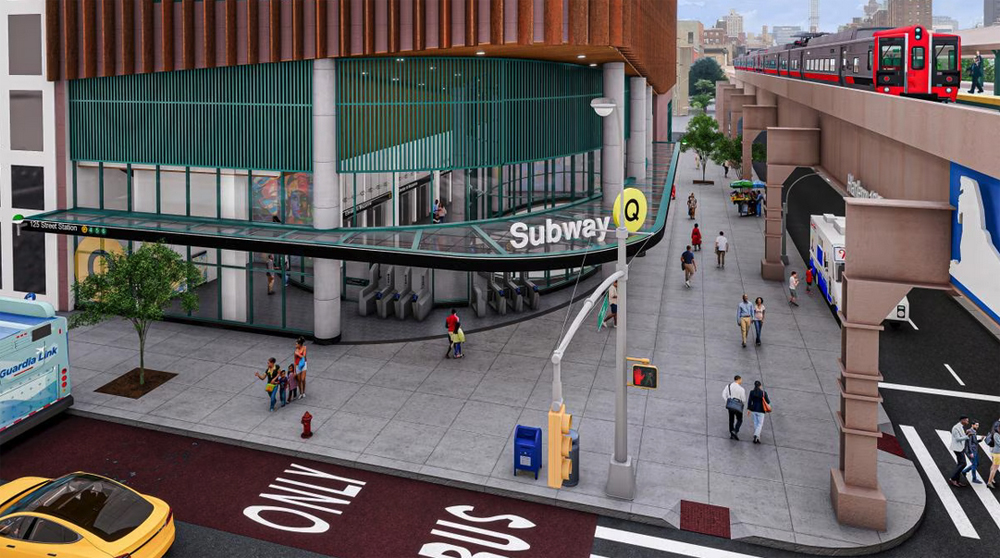
$3.4 billion for the extension of New York’s Second Avenue Subway. The money will come from the Federal Transit Administration’s Capital Investment Grant program. Unquestionably, the cost per mile is stunning — the 1.8-mile, three-station extension has a projected price tag of $7.7 billion, making it one of the most expensive transit projects on the planet — but building in New York has always been horrifically expensive, and waiting won’t make it any cheaper. As it is, the project has already waited five years, with costs rising, while its grant application was stalled in the federal approval process.
$1.9 billion for Chicago’s Red Line extension. The 5.6-mile, four-station addition on the line’s southern end will bring the Red Line to the city’s southern border and will be the first addition to the Chicago Transit Authority L system since the Orange Line reached Midway Airport in 1993. Estimates are that the addition will serve roughly 100,000 people. Construction could begin in 2025.
$1.4 billion for Consolidated Rail Infrastructure and Safety Improvements grants. The CRISI program, long a major boost for short lines and regional railroads, has seen its funding expanded fourfold under the Bipartisan Infrastructure Law; this year, 70 projects in 35 states received funding, ranging from a bundle of bridge repairs on 10 Tennessee short lines to more than $178 million for infrastructure improvements for Amtrak’s Gulf Coast service, which saw issues in Mobile, Ala., thwart its planned launch in 2023.
Against these projects, the $34.5 million for the FRA’s Corridor Identification and Development project — announced on the same day as the Federal-State Partnership grants — is little more than a rounding error [see “Full list of passenger routes …,” News Wire, Dec. 8, 2023]. But it will become more significant as money is awarded for future infrastructure projects; the corridors selected for the Corridor ID program receive preference for Federal-State Partnership and other grants.
Previous News Wire coverage:
“Chicago’s Red Line Extension receives $1.9 billion federal commitment,” Sept. 11, 2023.
“Federal Railroad Administration awards more than $1.4 billion to 70 rail improvement projects,” Sept. 25, 2023.
“Amtrak projects receive almost $200 million in CRISI grants,” Sept. 26, 2023.
“Hudson Tunnel project lands more federal funding, marks start of work,” Nov. 4, 2023.
“New York’s Second Avenue Subway extension gets federal funding boost,” Nov. 5, 2023]
“President Biden announces $16.5 billion in funding for northeast corridor projects,” Nov. 6, 2023]
“FRA announces $8.2 billion in Federal-State Partnership passenger grants,” Dec. 8, 2023].
Coming Wednesday: Top 10 story No. 5.






